About Mtskheta and its sites
Mtskheta is a city in Kartli, Georgia and is one of the oldest cities of Georgia, maybe it’s even the oldest one in the East Georgia. It is located approximately 20 kilometers (that is 12 miles) north from Tbilisi. There are many important historical sites in Mtskheta and that is why they became a UNESCO World Heritage Site in 1994.
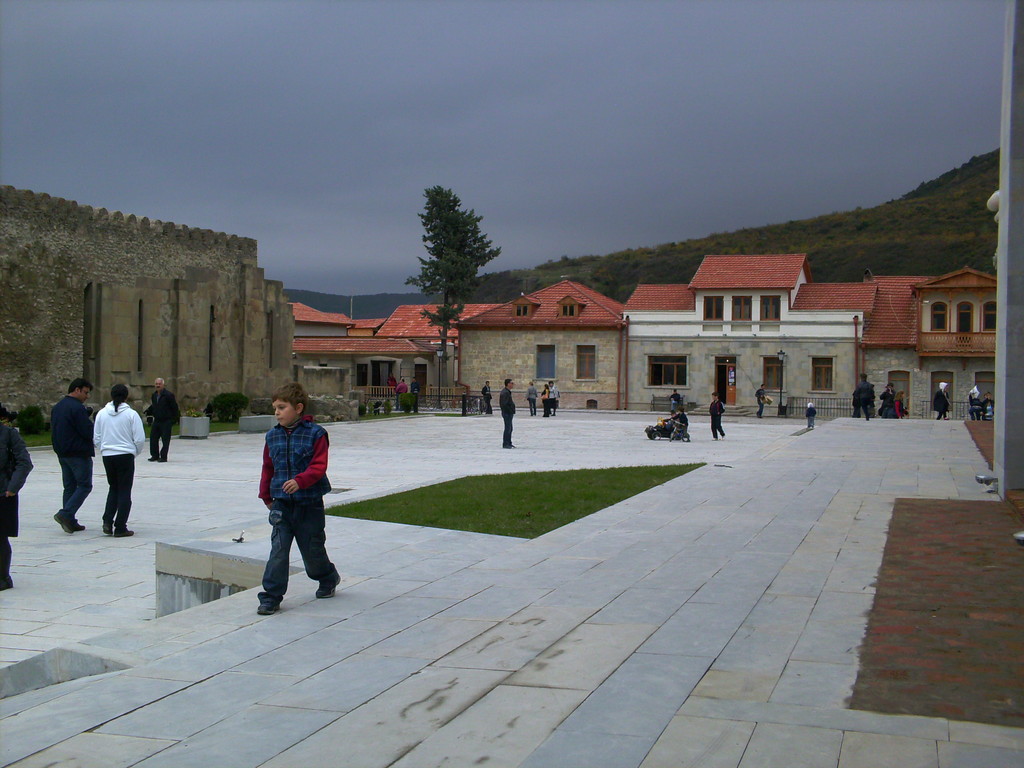
As you know, or you don’t know and are about to know, Mtskheta is the city where Christianity first came to in Georgia and, mainly, from where it spread. So, in 2014, the Georgian Orthodox Church declared Mtskheta as the “Holy City” by Catholics-Patriarch Ilia II of Georgia.
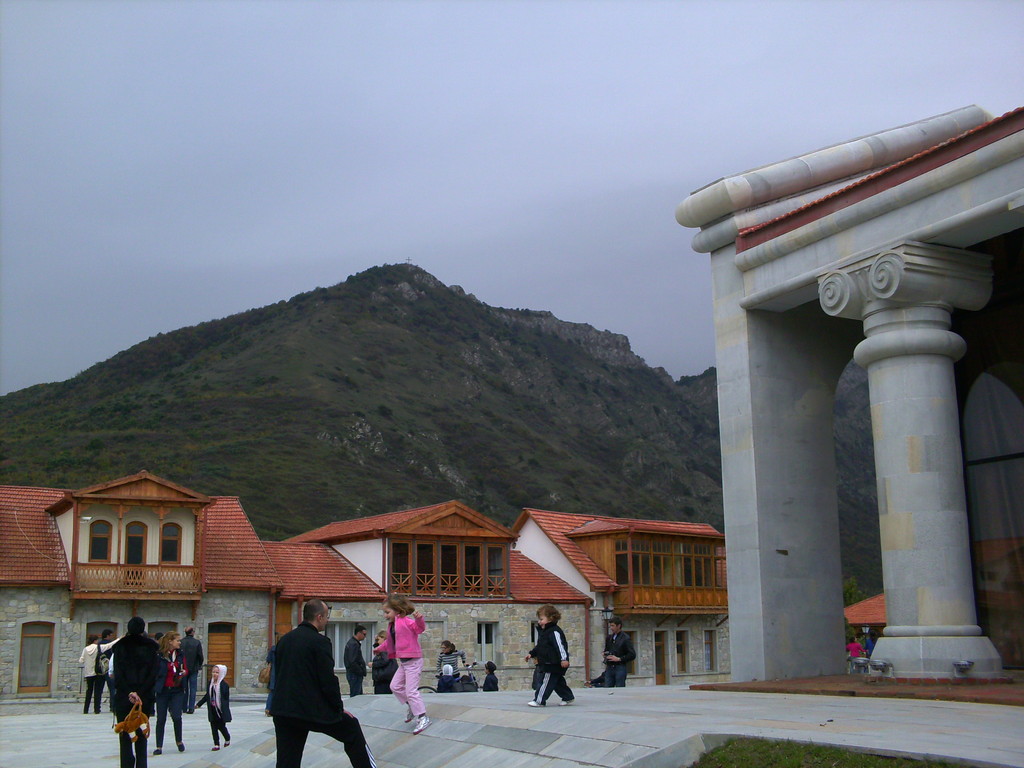
Mtskheta has been a city since 1956 and the administrative center of Mtskheta-Mtianeti and Mtskheta region since 1930. Well, that’s a little bit of history, as you all should know about this city’s kind of a recent history and be aware what kind of city it is. As I always say, one should know about the place, where one is travelling.
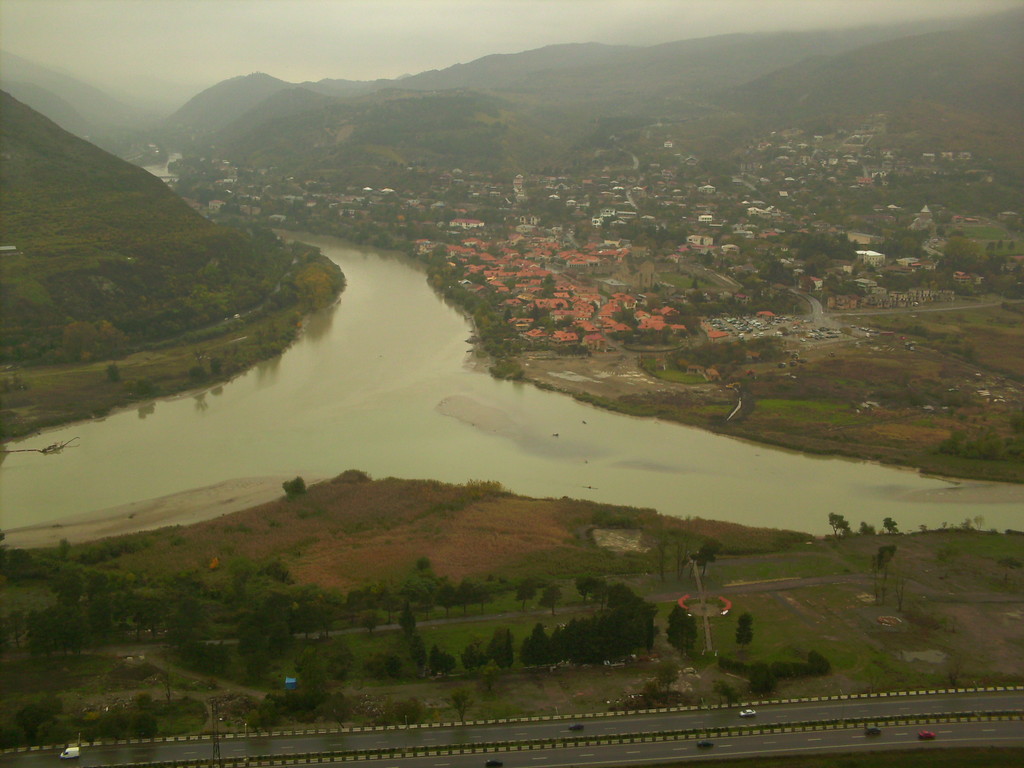
So, now, I wonder, if you have a question, why this city is so unique. Do you? Do you really? Well, okay then, there’s a huge list of sites and monuments people visit in Mtskheta. Or they have a desire to visit them. Or they don’t usually visit them, but those monuments or sites are very important historical places and, I don’t know, what may some of you call “historical”, but in “historical” I mean way much historical; like they are 1, 500 years old or 2, 500 years old, etc. that’s pretty awesome, if you ask me. And, I guess, you wouldn’t ask me that, because you already know, that these amount of years are rather exciting and, clearly, you can call these places or sites or monuments and others some ancient ones.
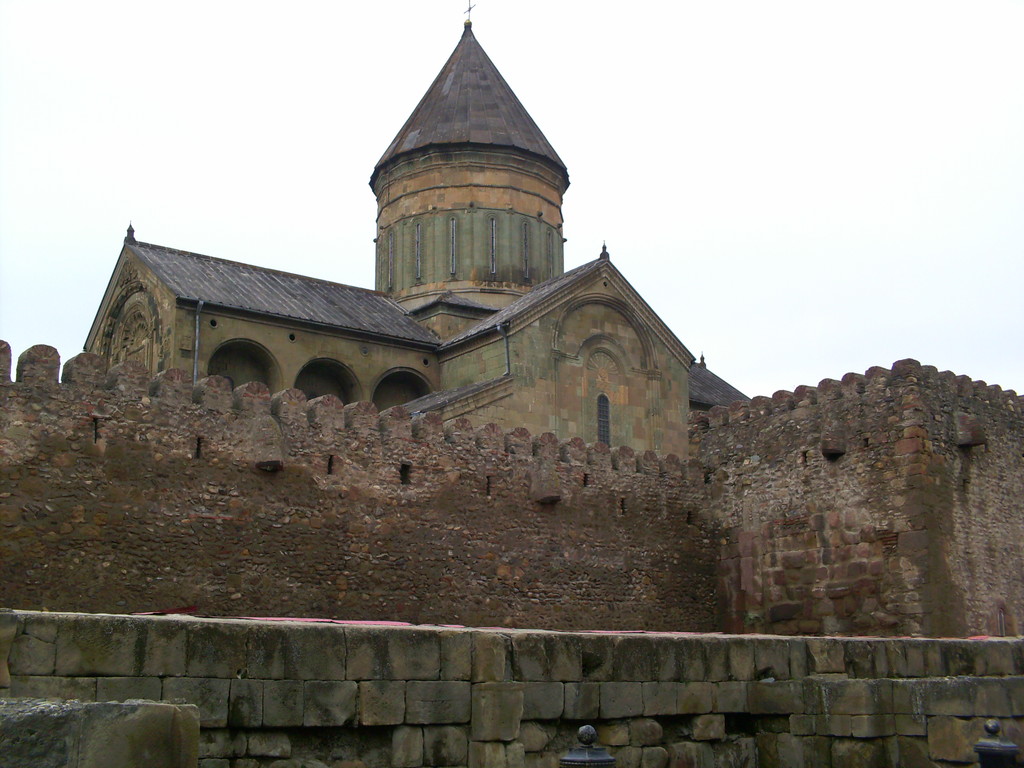
Svetitskhoveli Cathedral
Svetitskhoveli Cathedral is a simple beauty! It's worth seeing. It has long been the largest church building, until Sameba Cathedral (Trinity Cathedral) was built in 2004.
The building was built in the 11th century by Arsukisdze. But there has been a building on this site since the 4th century _ that is the time when Georgians became Christians. The name "Svetitskhoveli" means a pillar that gives lives, roughly. "Sveti" means "pillar" and "tskhoveli" means "life-giving" or "living". So, there is one legend: when Jesus was crucified, a Georgian Jew named Elias was in Jerusalem and bought Jesus' robe from a Roman soldier at Golgotha and he brought it in Kartli. When her sister Sidonia touched this robe, she died instantly from emotions. They could not remove the robe from her hands and they buried her with the robe in that place where Svetitskhoveli stands now. Then an enormous cedar tree grew on that place. When St. Nino came to Georgia in 337, she spread Christianity. And King Mirian ordered to chop down the tree to build a church there. They made 7 pillars from the cedar tree to use it for church's foundation. It's said, that the seventh one rose into the air by itself and didn't return to the ground until St. Nino prayed for the whole night. What is more, this seventh column had magical properties and cured everyone who touched it. So, that is how it was a life-giving pillar!
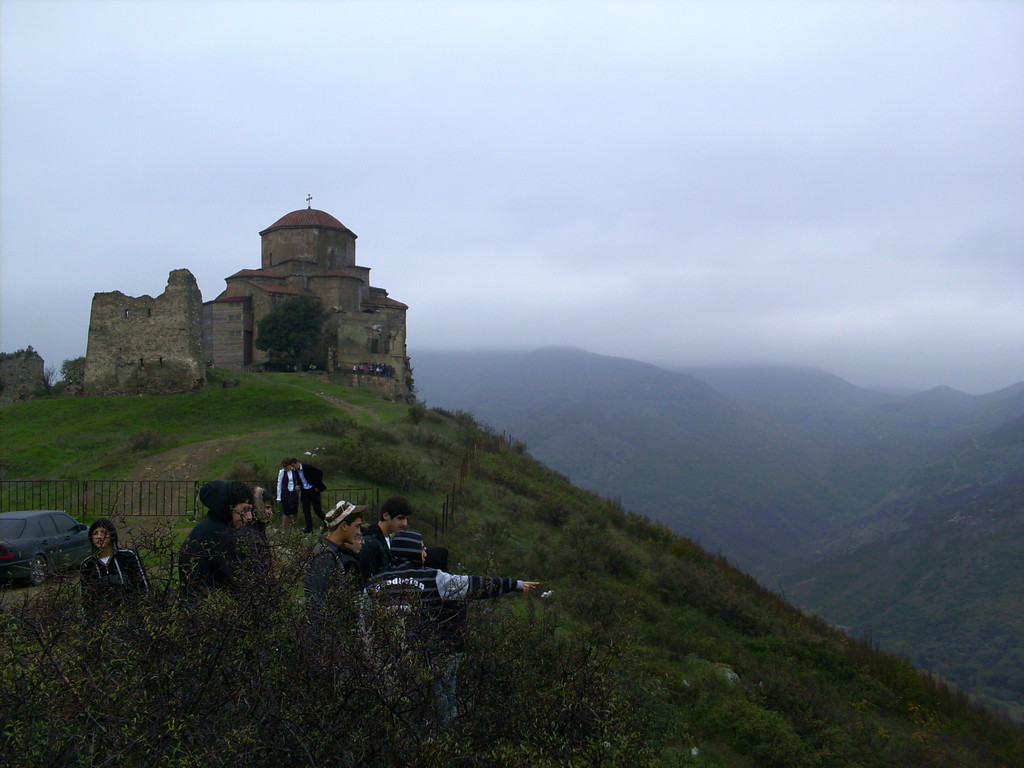
Jvari Monastery
Jvari Monastery is one of the significant architectural sites of Georgia. It’s located east from Mtskheta near the intersection or rivers Mtkvari and Aragvi on a top of a rough rock. This is a complex consisting of one small church, a large church, a fence and other buildings.
So, why is it named “Jvari”? It has a historical reason. In the 30s of the 4th century AD, just after the admitting the Christianity, the King Mirian the 3rd had people built a cross on this place. In the second half of the 6th century (545-586 years) Guaram of Kartli built a small church north from the cross. In the same century and in the beginning of the 7th century Guaram’s son: Stepanoz the 1st with the help of others built a large church, which was built around the cross. After all those centuries that small church got pretty damaged, but the large church is still in a good shape.
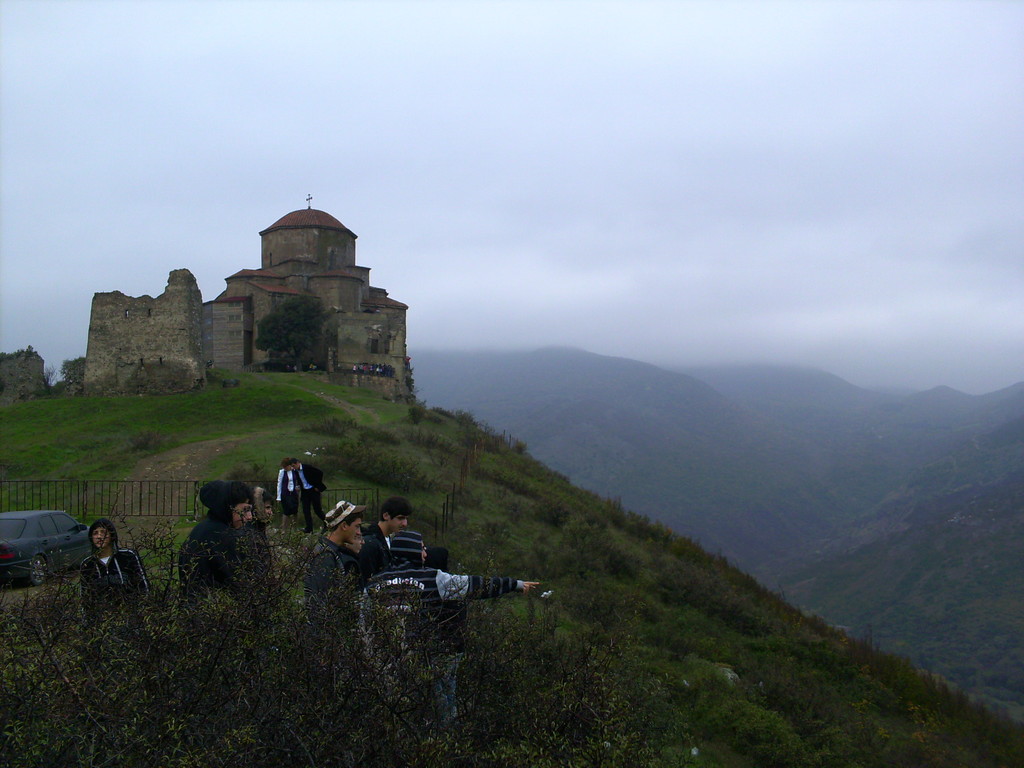
Pompey’s bridge
Okay, so, first things first, this bridge has not been built by Gnaeus Pompeius Magnus or as he is known in English as Pompey the Great. His invasion and campaign in Georgia was in 65 BC against the Iberian king Artag. Iberia was on the territory of Mtskheta and its large surroundings. Well, it was called a kingdom, so, you get that, right? So, The legend is that Artag fled and burned that bridge that connected two shores and where Pompey would have to walk to catch him.
You can also see Armaztsikhe fortress, Armaztsikhe acropolis, Samtavro Monastery, Bebris Tsikhe and many others and they are as historical as the other ones I just told you about.
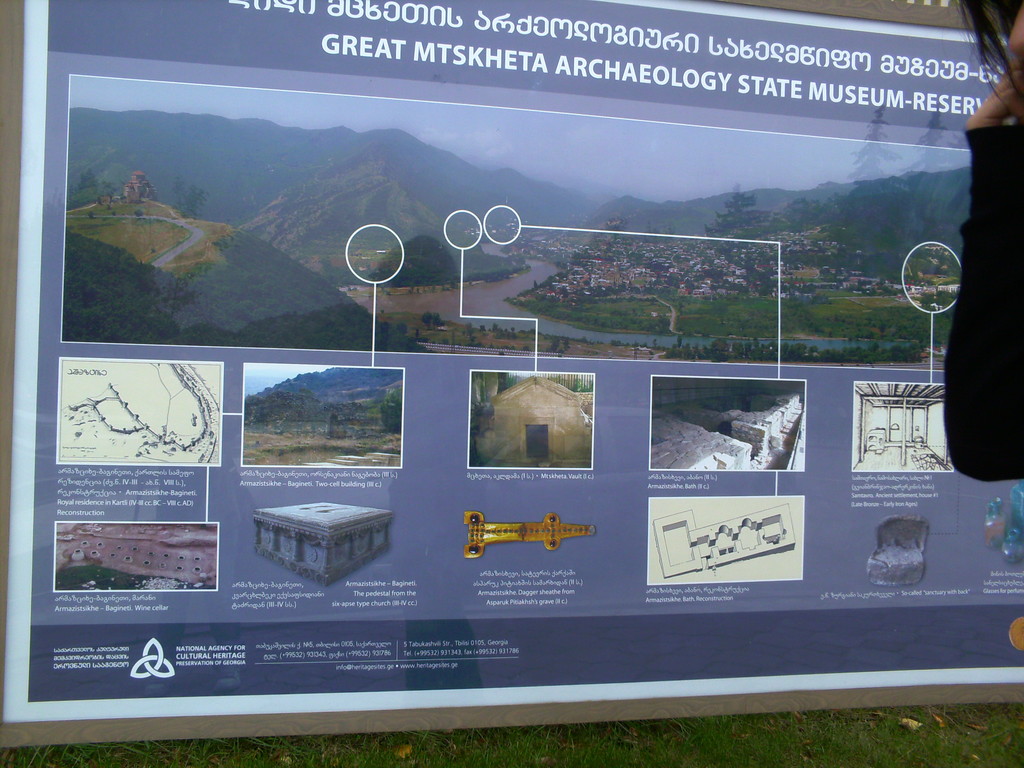
The Institute of Archaeology
We were taken to the Institute of Archaeology once. It was a project that many people wanted to participate. We were really lucky to have a chance to go there. Well, as school students, I guess, everyone likes digging and finding stuff and are interested in archaeology and they are interested in how archaeologists work and what they do and how they do it. So, we had an opportunity to see all that and do that ourselves. There are many archaeological findings exhibited in the museum and I was pretty shocked to see them all and appreciate our ancestors excellence in jewellery making and other stuff.
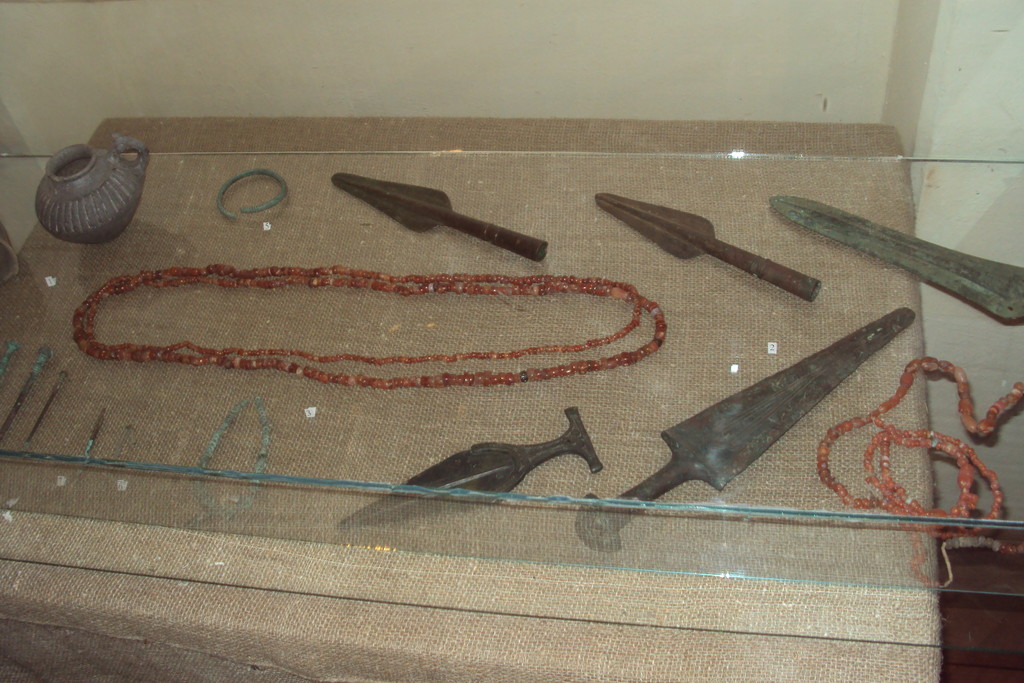
Photo gallery
Content available in other languages
- Español: Los lugares históricos de Mtsjeta
Want to have your own Erasmus blog?
If you are experiencing living abroad, you're an avid traveller or want to promote the city where you live... create your own blog and share your adventures!
I want to create my Erasmus blog! →



















Comments (0 comments)